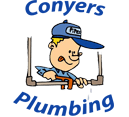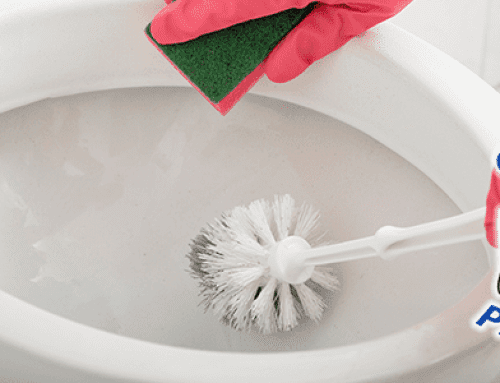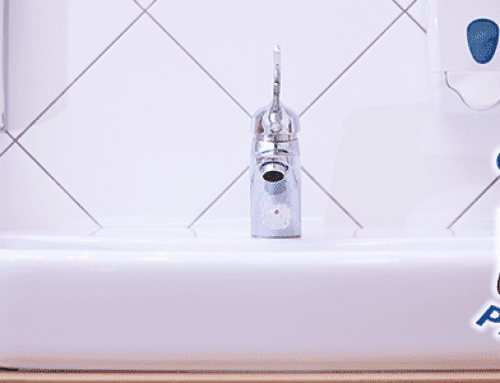Technology has certainly taken us to a lot of places over the years, but the flush has remained pretty consistent. In fact, your toilet is one of the hardest working appliances in your household. Think about it. How many times do you flush in a single day? The typical American flushes away 24 gallons of water each day, nearly a quarter of our total water consumption. So, like any other appliance, your toilet requires regular maintenance. Neglecting to do so regularly will lead you to significant problems down the road. Here are some tips to keep your toilet running in peak performance.
The Dos and Don’ts of Cleaning
While cleaning your toilet will keep it in overall good condition, the products you are using are actually more important. Avoid “drop in the tank” cleaners. We are not sure why these products are still on the market. Overtime they can damage the rubber flaps and other mechanisms inside the tank that are necessary to flush your toilet. Instead, keep your toilet clean by applying an in-bowl solution periodically. Use a porcelain-safe household cleaner to clean off the tank, seat, and handle to disinfect them and prevent stains.
Check for Leaks
Is your toilet running? Running toilets can waste as much as two gallons of water PER MINUTE. You will obviously see the consequences of this on your water bill, but slow leaks are sometimes hard to diagnose. You can check your toilet periodically for leaks by placing a few drops of food coloring into the water in the tank. Don’t use the toilet for 20-30 minutes, then examine the water in the bowl. If any coloring has appeared in your toilet’s bowl, there is a leak that must be addressed by a professional.
Unclogging the Drain
We have all experienced the sheer panic of rising water after a flush. It’s important to know what to do when this happens. First, a toilet’s drain is quite small and is only equipped to handle human waste and toilet paper. Do not attempt to flush anything more than that; that includes feminine products. Also, it’s important to teach your children proper toilet paper usage. If your drain is clogged, turn off the water using the emergency shutoff valve mounted on your wall behind and beneath the tank to prevent overflowing. Use a plunger to try to break up or dislodge the clog so that it can be flushed through your plumbing pipes.
If you cannot repair a clog on your own, it’s time to call the professionals. Whatever you do, don’t be tempted to buy the store-bought chemicals to break-up a clog. Over time, those will corrode your pipes and lead to more costly damage.
Be on the lookout for these minor, albeit common, commode problems and get them fixed as soon as they occur. This regular inspection will take no more than a couple minutes a week. Nothing is worse than knowing you could have avoided a costly and messy plumbing disaster.




